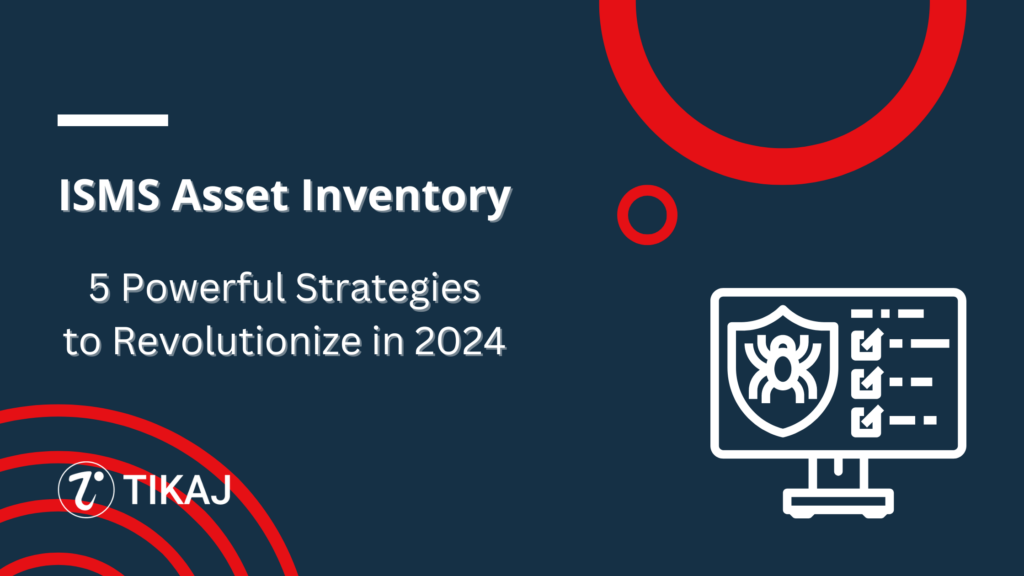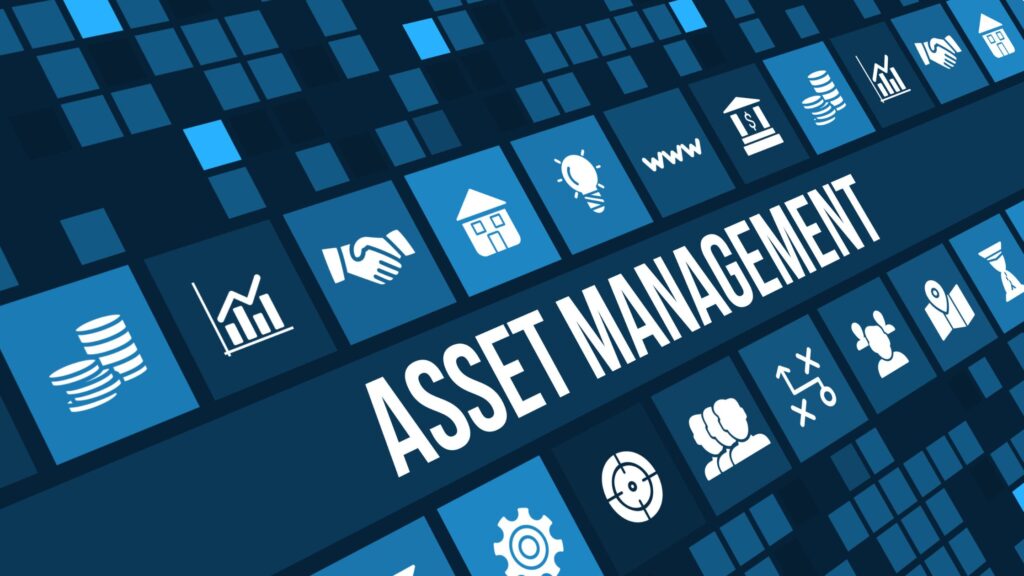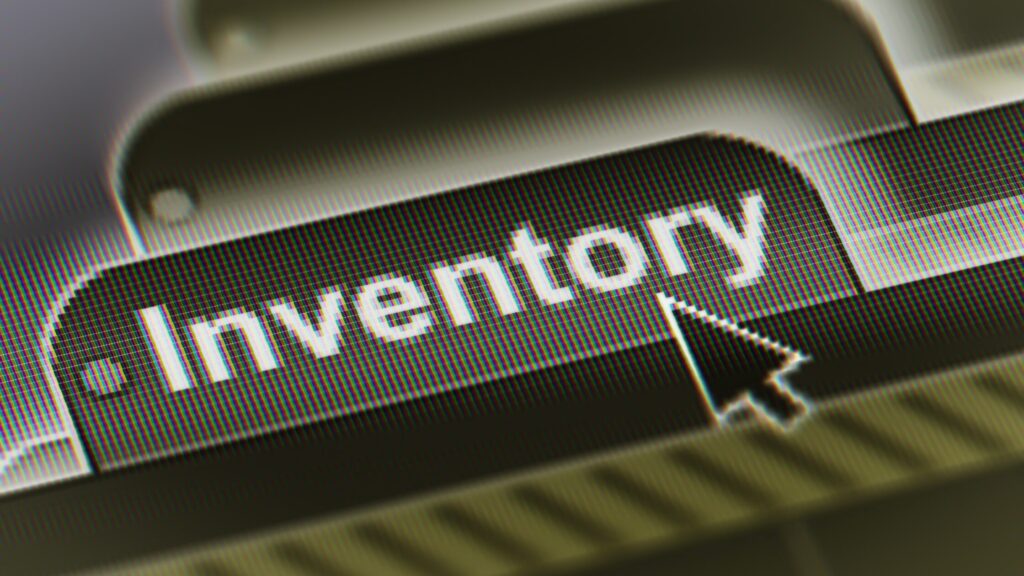ISMS Asset Inventory: 5 Powerful Strategies to Revolutionize in 2024

In the cyber security landscape, maintaining an updated Information Security Management System (ISMS) asset inventory is paramount for organizations aiming to safeguard their data and systems. As we step into 2024, it’s time to revolutionize how we manage and protect our assets. This blog post unveils five powerful strategies to update and elevate your ISMS asset inventory, ensuring robust security and compliance in the digital age.
Click Here to Download FREE RBI Cyber Security Framework Checklist
Table of Contents
Introduction
The year 2024 presents new challenges and opportunities for organizations committed to safeguarding their digital and physical assets.
“5 Powerful Strategies to Revolutionize Your ISMS Asset Inventory in 2024” is crafted to guide organizations through the complexities of modern asset management within the framework of an ISMS. This article outlines essential strategies that promise not just to update but to fundamentally transform your approach to asset inventory management. By integrating cutting-edge technologies, fostering a culture of cybersecurity awareness, employing a risk-based asset management approach, ensuring comprehensive asset coverage, and leveraging data analytics for actionable insights, organizations can significantly enhance their security posture.
What is the ISMS Asset Inventory?
An ISMS (Information Security Management System) Asset Inventory is a comprehensive catalog that includes all assets within an organization that are significant to its information security framework. This inventory is a crucial component of an ISMS, which is a systematic approach designed to manage an organization’s information security processes, aimed at preserving the confidentiality, integrity, and availability of information by applying a risk management process.
For more details – Cyber Security
Types of ISMS Asset Inventory
An Information Security Management System (ISMS) Asset Inventory categorizes all assets that are significant to an organization’s information security. These assets are diverse, ranging from tangible physical items to intangible assets like information and software. Understanding the types of assets included in an ISMS Asset Inventory is crucial for comprehensive risk management and security planning. Here are the main types of assets typically found in an ISMS Asset Inventory:
Below we have included a table with descriptions for each asset category:
| Asset Category | Description | Examples |
|---|---|---|
| Hardware Assets | Physical devices and equipment that store, process, or transmit information. | Computers, servers, networking equipment (routers, switches, modems), mobile devices (smartphones, tablets), peripheral devices (printers, scanners) |
| Software Assets | Applications and systems used by the organization. | Operating systems, application software (office suites, email clients, business applications), database management systems, development tools, custom software developed in-house |
| Information Assets | Critical data in various formats and locations. | Digital data stored on servers, computers, or cloud services, physical documents and files, intellectual property (patents, trademarks, trade secrets), employee data, customer and vendor information |
| Services | Intangible assets provided by third parties or internally to support operations. | Cloud computing services (IaaS, PaaS, SaaS), internet service providers, IT support and maintenance services, outsourced business processes |
| People | Non-physical assets are significant to the organization’s value and security. | Employees, contractors, consultants, third-party service providers |
| Physical Assets | Tangible assets impacting information security. | Office buildings and data centers, security systems (access control, CCTV), storage media (USB drives, external hard drives, backup tapes) |
| Intangible Assets | Software licenses and copyrights, brand reputation and goodwill, confidentiality agreements, and other legal documents | Software licenses and copyrights, brand reputation and goodwill, confidentiality agreements and other legal documents |
| Network Assets | Components contributing to the organization’s network infrastructure. | Firewalls and security appliances, wireless access points, virtual networks, private clouds and VPNs |
This table provides a detailed overview of each asset category along with examples and descriptions to ensure clarity and understanding.

1. Hardware Assets
These are physical devices and equipment that store, process, or transmit information. Hardware assets include:
- Computers and laptops
- Servers
- Networking equipment (routers, switches, modems)
- Mobile devices (smartphones, tablets)
- Peripheral devices (printers, scanners)
2. Software Assets
Software assets are applications and systems used by the organization, including:
- Operating systems
- Application software (office suites, email clients, business applications)
- Database management systems
- Development tools
- Custom software developed in-house
3. Information Assets
One of the most critical types of assets, information assets include data in various formats and locations:
- Digital data stored on servers, computers, or cloud services
- Physical documents and files
- Intellectual property (patents, trademarks, trade secrets)
- Employee data
- Customer and vendor information
4. Services
Services are intangible assets provided by third parties or internally that support the organization’s operations:
- Cloud computing services (IaaS, PaaS, SaaS)
- Internet service providers
- IT support and maintenance services
- Outsourced business processes
5. People
People are considered assets due to their roles in processing, storing, and securing information:
- Employees
- Contractors
- Consultants
- Third-party service providers
6. Physical Assets
In addition to IT hardware, physical assets can impact information security:
- Office buildings and data centers
- Security systems (access control, CCTV)
- Storage media (USB drives, external hard drives, backup tapes)
7. Intangible Assets
Intangible assets, though not physical, play a significant role in the organization’s value and security:
- Software licenses and copyrights
- Brand reputation and goodwill
- Confidentiality agreements and other legal documents
8. Network Assets
Network assets include all components that contribute to the organization’s network infrastructure:
- Firewalls and security appliances
- Wireless access points
- Virtual networks
- Private clouds and VPNs
Importance of an ISMS Asset Inventory

An Information Security Management System (ISMS) Asset Inventory plays a pivotal role in the foundation and ongoing effectiveness of an organization’s information security strategy. This comprehensive register of all assets significant to the organization’s information security is critical for several reasons, underpinning the integrity, confidentiality, and availability of information assets. Here’s a closer look at the importance of an ISMS Asset Inventory:
- Facilitates Risk Management
- Enhances Resource Allocation
- Supports Compliance Efforts
- Enables Effective Incident Response
- Promotes Accountability
- Improves Security Posture
5 Essential Strategies for ISMS Asset Inventory
Here are five essential strategies to masterfully update and elevate your ISMS asset inventory, ensuring it remains a cornerstone of your cybersecurity framework.
Certainly! Below is a table summarizing the strategies, their implementation methods, and their advantages:
| Strategy | Implementation | Advantages |
|---|---|---|
| Embrace Advanced Automation Technologies | – Select tools with deep integration capabilities. – Deploy solutions for continuous monitoring. | – Saves time and reduces errors. – Provides real-time updates to asset inventory. – Offers insights and control beyond manual processes. |
| Cultivate a Culture of Cybersecurity Awareness | – Regularly review and update asset definitions. – Ensure the asset inventory system tracks all asset types. – Conduct periodic audits. | – Builds a vigilant workforce. – Increases awareness of cybersecurity threats. – Encourages proactive reporting. |
| Implement a Risk-Based Asset Management Approach | – Conduct thorough risk assessments. – Prioritize assets based on risk assessment results. – Regularly review and adjust priorities. | – Efficient allocation of resources. – Focuses security efforts on critical assets. – Minimizes overall organizational risk. |
| Ensure Comprehensive Asset Coverage | – Regularly review and update asset definitions. – Ensure the asset inventory system tracks all asset types. – Conduct periodic audits. | – Protects all types of assets, including digital, physical, and intangible. – Identifies gaps in coverage for prompt resolution. |
| Leverage Data Analytics for Insightful Asset Management | – Utilize data analytics tools. – Employ predictive analytics. – Translate findings into actionable insights. | – Provides valuable insights into asset utilization, vulnerabilities, and compliance. – Enables proactive asset management. – Enhances security and efficiency of ISMS. |
This table offers a clear overview of each strategy, how it can be implemented, and the advantages it brings to the organization’s asset management and cybersecurity efforts.
Strategy 1: Embrace Advanced Automation Technologies
The Evolution of Automation: In the ever-evolving cybersecurity landscape, staying ahead means leveraging the latest in automation technology. Advanced automation tools can perform continuous, real-time asset discovery, ensuring that every piece of hardware, software, and digital asset is accounted for.
Implementing Automation for Maximum Impact:
- Tool Selection: Choose tools that offer deep integration capabilities with your existing systems, ensuring seamless asset tracking and management.
- Continuous Monitoring: Deploy solutions that enable continuous monitoring, providing real-time updates to your asset inventory and alerting you to any changes or potential vulnerabilities.
The Advantage of Automation: Automated tools not only save time and reduce errors but also provide a level of insight and control that manual processes cannot match. By harnessing these technologies, organizations can ensure their asset inventories are always accurate and up-to-date.
Strategy 2: Cultivate a Culture of Cybersecurity Awareness
The Human Element: Technology alone cannot secure an organization’s assets. A culture of cybersecurity awareness among all employees is crucial for identifying and safeguarding against potential threats.
Building a Security-Aware Culture:
- Regular Training: Implement ongoing training programs that educate employees about the latest cybersecurity threats and the importance of asset management.
- Engagement: Create engaging and interactive content, such as gamified learning experiences, to increase employee engagement and retention of cybersecurity best practices.
- Accountability: Foster an environment where every employee feels responsible for the security of organizational assets, encouraging proactive reporting of any irregularities or potential threats.
The Impact of Awareness: A well-informed workforce acts as an additional layer of defense, augmenting your ISMS with the collective vigilance of your employees.
Read more – Top 14 Vital Security Awareness Training Topics for 2023
Strategy 3: Implement a Risk-Based Asset Management Approach
Prioritizing Based on Risk: With a finite amount of resources available for securing assets, it’s imperative to prioritize based on the risk each asset poses to the organization.
Risk-Based Asset Management in Practice:
- Risk Assessment: Conduct thorough risk assessments to identify vulnerabilities and the potential impact of different assets being compromised.
- Asset Prioritization: Use the insights gained from risk assessments to prioritize assets, focusing your security efforts where they are most needed.
- Dynamic Adjustment: Regularly review and adjust your prioritization based on new threats, vulnerabilities, and changes within your organization.
The Benefits of a Risk-Based Approach: This strategy ensures that resources are allocated efficiently, focusing on protecting the most critical assets to minimize overall organizational risk.
Strategy 4: Ensure Comprehensive Asset Coverage
Beyond Digital Assets: In today’s interconnected world, an organization’s assets extend beyond traditional digital and physical assets to include data, intellectual property, and even the organization’s reputation.
Achieving Comprehensive Coverage:
- Expanding Your Definition of Assets: Regularly review and update your definition of what constitutes an asset, ensuring nothing is overlooked.
- Inclusion of All Asset Types: Ensure your asset inventory system is capable of tracking and managing a wide variety of assets, including those that are intangible.
- Regular Reviews: Conduct periodic audits of your asset inventory to identify any gaps in coverage and address them promptly.
The Importance of Comprehensive Coverage: By ensuring that no asset is left unprotected, organizations can safeguard against potential vulnerabilities in areas that might otherwise be overlooked.
Strategy 5: Leverage Data Analytics for Insightful Asset Management
Data-Driven Decisions: In the age of big data, leveraging data analytics can provide valuable insights into asset utilization, vulnerabilities, and compliance, guiding more informed decision-making.
Implementing Data Analytics:
- Analytical Tools: Utilize data analytics tools to assess and interpret the vast amounts of data generated by your assets.
- Predictive Analytics: Employ predictive analytics to forecast potential vulnerabilities and to identify trends that may indicate future threats.
- Actionable Insights: Translate analytical findings into actionable insights, enabling proactive rather than reactive asset management.
The Power of Analytics: Data analytics can transform raw data into strategic asset management actions, enhancing the security and efficiency of your ISMS.
Conclusion
As we look to 2024 and beyond, the need for dynamic, responsive ISMS asset inventory management has never been greater. By embracing advanced automation, fostering a culture of cybersecurity awareness, implementing a risk-based management approach, ensuring comprehensive asset coverage, and leveraging data analytics, organizations can not only update but truly elevate their ISMS asset inventories. These strategies offer a roadmap to a more secure, resilient future, where information security is not just a goal but a continuous, strategic pursuit.
You can also read – 15 Best Zerofox Competitors and Alternatives
FAQs
Why is updating the ISMS Asset Inventory important in 2024?
Updating the ISMS Asset Inventory is crucial in 2024 due to the rapidly evolving cyber threat landscape, the introduction of new technologies, and changing regulatory requirements. An up-to-date inventory ensures that all assets are accounted for, properly protected, and compliant with relevant standards and laws, helping to mitigate security risks.
How can automation transform ISMS Asset Inventory management?
Automation can transform ISMS Asset Inventory management by using tools and AI to automatically discover, classify, and monitor assets in real-time. This reduces manual errors, ensures comprehensive asset coverage, and enables swift responses to security incidents.
What makes a risk-based approach to asset management effective?
It ensures that resources are allocated efficiently, focusing on protecting the most critical assets to reduce the organization’s overall risk exposure.
Why is a security-first culture important for asset management?
A security-first culture ensures that every employee understands their role in protecting assets, leading to better compliance with security policies and procedures.
How can automation specifically benefit ISMS asset inventory management?
Automation provides real-time visibility, reduces manual errors, and frees up security teams to focus on strategic risk management activities.






